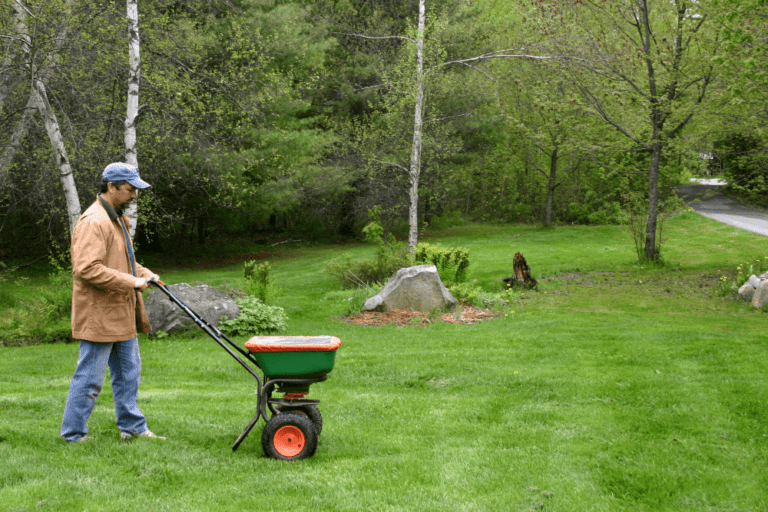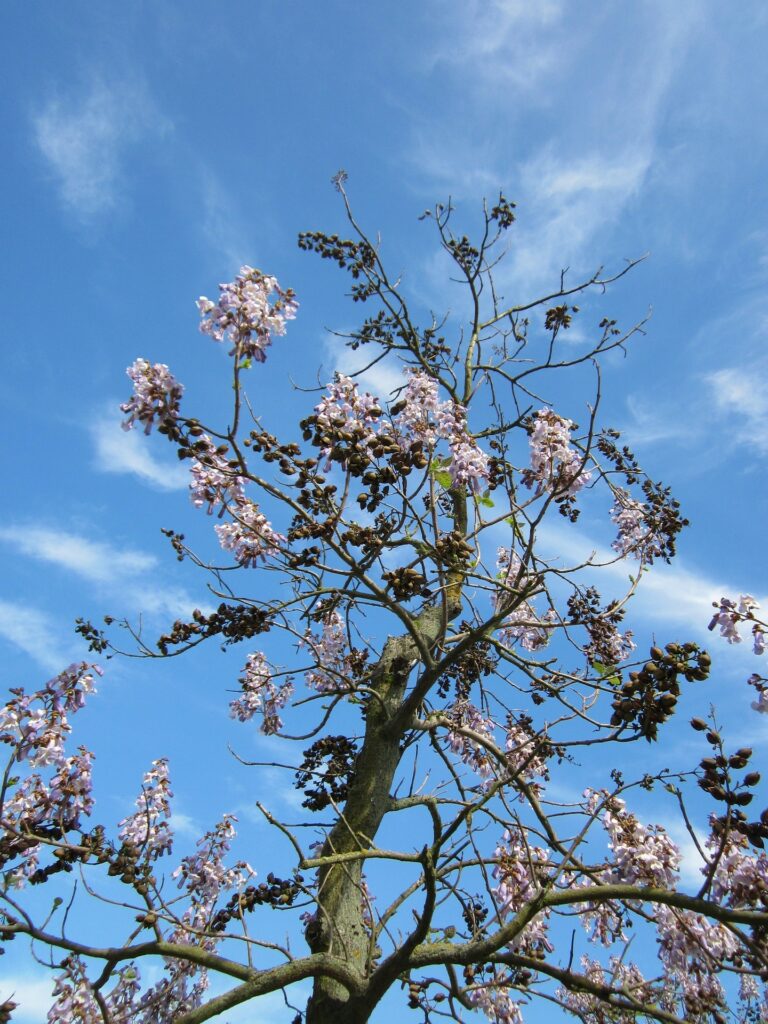Need Seed Help? Get the Best Grass Seed for Clay Soil
For our money, we recommend Outsidepride Legacy Fine Fescue Grass Seed, a mixture containing a combination of hard fescue, chewings fescue, and creeping red fescue, for the best grass seed for clay soil. Clay soil isn’t the easiest medium to grow grass on, but that doesn’t mean that you can’t create a beautiful lawn for your home. These grass varieties produce a dense root system that helps your lawn to stay healthy, even in the presence of thick clay. Don’t forget to check out our other recommendations to find grass seeds that will thrive in your garden.
Our Pick of Grass Seeds that Grow Well in Clay Soil
[wptb id="8210" not found ]A Guide to Seeding a Lawn on Clay Soil
Clay soil can be difficult to grow a garden on, but there are certain grass species that can thrive in the moist and nutrient-rich environment. With a little bit of work, you can turn your lawn from a bed of tough clay to a carpet of soft, thick grass.
What Grasses Grow Best in Clay Soil?
Clay soil tends to trap water and keep out air, so grass species that are susceptible to mold and root rot aren’t often the best choice for a healthy lawn. If you want to grow beautiful grass on a foundation packed with clay, the best varieties to choose are those that require moderate to low levels of irrigation to avoid the risk of overwatering. Both cool and warm-season grasses are able to survive in clay soil, so no matter what region you live in, you can grow a lush and beautiful lawn.
- Tall fescue is a cool-season grass that produces thick, dark green coverage for your yard and can be found in many gardens throughout the Northern and Midwestern states. It grows well in clay soils because its roots penetrate deep down into the earth, allowing the grass to thrive with limited access to water.
- Bermudagrass, a popular warm-season grass, grows well in Southwestern and Northeastern regions of the United States. This grass can tolerate clay soil well in part due to the extensive production of rhizomes throughout its root system.
- Buffalograss is a robust warm-season grass that requires little maintenance throughout the year, and it is best suited to lawns in Southern climates. As with other grass types, a deep root system and a natural resistance to drought make buffalograss an ideal species for clay soil.
Mixing your grass seeds with clover seed can help your lawn to grow better in a clay soil environment. Clover boasts long and strong roots that can break up clay and encourage the accumulation of vital nitrogen deposits.
What are the Pros and Cons of Planting on Clay Soil?
While clay has garnered a bad name for itself amongst gardeners, a little bit of clay in your soil can actually be a good thing. Clay soil is great at holding water and is packed with nutrients that help grass seeds grow into strong, healthy blades. These same qualities, however, are what can also make it difficult to grow a lawn on top of clay soil.
Too much clay in your garden can impede the growth of plant roots, making it difficult for them to establish an underground network. It can also prevent airflow through the soil, reducing gas exchange and trapping water. This trapped water can lead to problems of its own, including root rot, molds and fungus, unwanted pests, and more.
There are a few easy ways to tell if you have an overabundance of clay in your soil. Since clay doesn’t allow for much water drainage, pooling in your yard after heavy rainfall can indicate that you have a decent amount of clay present. If your garden is sloped, pay close attention to water runoff. If the water does not soak quickly into the ground, this can also be a sign that you have too much clay in your yard. For a more accurate idea of your soil’s composition, you may want to consider conducting a soil test.
How Should I Prepare My Land Before Planting?
Before planting a lawn on clay soil, there are a few steps that you can take to help seeds germinate and thrive:
- Test your soil composition to check the acidity and nutrient content and see if there need to be any adjustments. Clay soils tend to be alkaline, which can create iron deficiencies in plants.
- If you don’t already have grass growing in your garden, till your soil to break up clumps of clay and aerate the earth. This will make it easier for grass seeds to find their way into the dirt once you start sowing.
- Add a layer of topsoil to your garden along with mulch, manure, compost or other organic matter. This will help your grass seeds to grow without becoming stifled by clay.
Once you’ve prepared your soil, you can sow grass seeds throughout your garden. The best time to plant will depend primarily on which variety of grass seed you choose and the regional climate where you live. Warm-season grass varieties such as bermudagrass and buffalograss fare best when established in the spring and summer, while cool-season grasses such as fescue should be planted in the fall.
How Do I Maintain a Lawn Growing on Clay Soil?
In order to keep your lawn looking young, you need to keep up with proper care and maintenance. Different grass varieties require different levels of water, nutrients, and general care. Grasses that grow best in clay soil are often drought resistant, so as a general rule of thumb, you won’t have to water your lawn very often. In fact, you want to watch for overwatering, as clay will trap water and expose your plants to pathogens and root rot.
Topdressing once or twice each year is essential for the ongoing health of clay soil lawns. Simply spread a thin layer of organic matter such as mulch or compost over your yard, and rake it into the ground. This helps to keep your soil loose and aerated while introducing new nutrients to plants. Just make sure not to completely cover the grass during the topdressing procedure, as the sun won’t be able to reach your grass.
Our Recommendation: Outsidepride Legacy Fine Fescue Grass Seed
A thick, deep root system is essential to the health of your lawn when growing in clay soil. If you’re struggling to grow grass in your garden because of clay deposits, we recommend Outsidepride Legacy Fine Fescue Grass Seed. Hard fescue, chewings fescue, and creeping red fescue make up this hardy seed mix. Rhizome production helps to strengthen and stabilize the grass mixture’s root system, allowing your lawn to survive with minimal irrigation so that you don’t have to worry about overwatering.
As a cool-season grass mix, this combination of fine fescues grows best in cold climates and Northern regions. If you live further south, this fescue mix is a good choice for overseeding warm-season grasses such as bermudagrass before wintertime. It produces a thick, green and lush lawn that’s sure to be the envy of the neighborhood, even when grown in clay soils.
Photo by Basti V licensed under CC BY-SA 2.0

![Best Battery Powered Cordless Weed Eater Reviews [year]](https://properlyrooted.com/wp-content/uploads/2022/10/Best-Battery-Powered-Cordless-Weed-Eater-Reviews-150x150-1.png)




